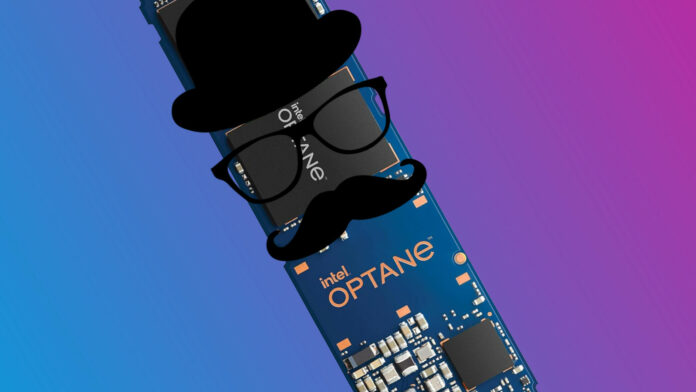SSD memory may get a lot faster in the future – as in blazing-fast. Researchers from Dongguk University in South Korea have developed a new optoelectronic memory that combines the best aspects of DRAM and NAND into a single memory device. It could be a game changer for memory technology as we know it today. Allow us to explain.
DRAM is the fastest memory available although it’s quite volatile. As much as we’d love DDR5-10000 transfer speeds for our SSDs, it remains highly improbable because volatile memory can’t hold onto its data once you’ve pulled the plug on your PC. Also, it’s quite expensive in terms of capacity.
NAND flash, whether 3D NAND, SLC, MLC, or TLC, remains the go-to memory type for SSDs, but it’s not nearly as fast as DRAM. Flash memory is written one byte at a time, but you can only erase in entire blocks, thus limiting read and write transfer speeds. Erasure is also a major contributor to memory wear and tear, limiting the overall lifespan. NAND flash is indeed finite.
Nevertheless, this new memory solution uses a phase-change technology that works similarly to Intel’s now-defunct Optane Persistent Memory tech. Team Blue’s inability to make meaningful inroads led to Optane becoming primarily a data centre solution. It was far from perfect, with high power consumption and equally high manufacturing costs. Eventually, the brand saw it as niche and gradually withdrew from the memory market by shutting down its Optane business.
The breakthrough, however, promises a cheaper, faster, and more power-efficient solution. Professor Choi’s team have developed a way to electrically form change materials in an extremely small area, successfully creating an ultra-low-power phase change device. The researchers claim their method consumes 15 times less power than previous models, which used expensive lithography tools. Therefore, not only is it energy efficient, but it’s also cost-effective to produce.
We’re not sure when this type of storage/memory will arrive for consumers. The research marks a significant milestone in multi-bit optoelectronic memory technology, but it’s still early stages. The tech holds great potential in the AI, cloud computing, and data centre spaces. Though, seeing as AI could increase memory costs in the future, we wouldn’t mind one in our PCs too.
